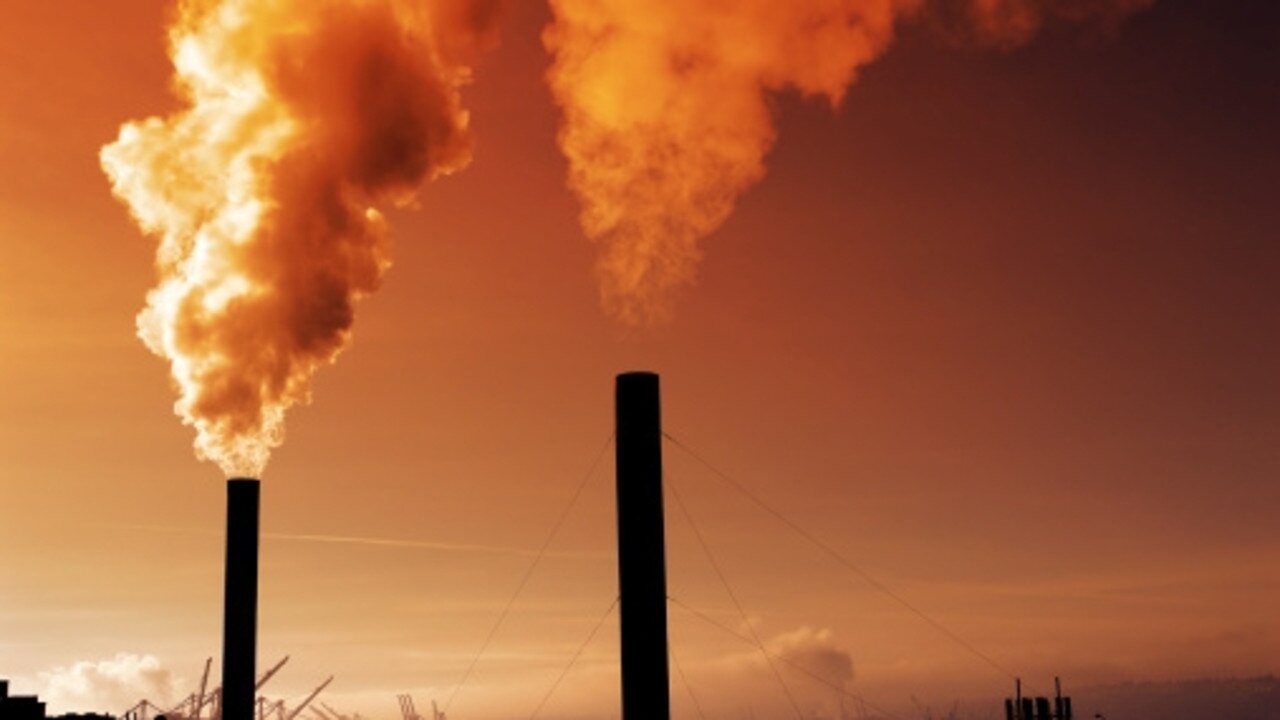Coal-seam gas ‘half CO2 of coal’
ELECTRICITY generated using coal-seam or shale gas produced less than half the carbon dioxide emissions of electricity from burning coal.
ELECTRICITY generated using coal-seam or shale gas produced less than half the carbon dioxide emissions of electricity from burning coal, a study has found.
The report, published today in the Proceedings of the National Academy of Sciences, says the life-cycle carbon dioxide footprint of coal-seam and shale gas is the same as conventional gas supplies.
Quantifying the benefits of using unconventional gas as a transitional fuel for climate-change mitigation has been controversial.
Lead author of the PNAS report Garvin Heath, of the National Renewable Energy Laboratory, says the results pull together the findings of wide-ranging research, but more work is needed to better understand the impact of fugitive emissions or methane that leaked during unconventional gas exploration or production.
New drilling and fracking technology has led to a boom in shale gas production across the US. This has been widely credited with reducing US carbon dioxide emissions while cutting energy costs and leading a resurgence in manufacturing investment.
Cheap gas has replaced about 20 per cent of US coal electricity over the past six years. A detailed study claimed the switch had cut 300 million tonnes from annual US carbon dioxide emissions, equal to the global carbon dioxide mitigation from wind and solar power combined.
The PNAS report says previously published life-cycle assessments of greenhouse gas emissions from the production and use of shale gas have come to widely varying conclusions.
“We harmonise estimates from this literature to establish more consistently derived and robust summary of the current state of knowledge,’’ it says.
“Whereas median estimates for both gas types (conventional and unconventional) appear less than half that of coal, alternative assumptions may lead to emissions approaching best-performing coal units, with implications for climate change mitigation strategies.’’
The effect of methane gas leaks, or fugitive emissions, remains uncertain. Dr Heath says the PNAS paper assumes fugitive emissions of between 1 and 6 per cent. Recent US research has estimated electricity from combusting natural gas could provide an immediate climate benefit compared with coal if leak rates were below 3.2 per cent.
Critics argue that methane leaking during the production, delivery and use of natural gas has the potential to undo much of the greenhouse gas benefits of swapping from other fossil fuels to gas.
Methane is more than 100 times more potent at trapping energy in the atmosphere than carbon dioxide. Over time, methane is 72 times more potent after 20 years and 25 times more potent after 100 years.
The paper by the US-based Environmental Defence Fund said leaks and releases occur throughout the natural-gas supply chain: “If not better mitigated, methane leaks and releases could undermine the greenhouse gas advantage natural gas offers and spell major trouble for the climate.’’



